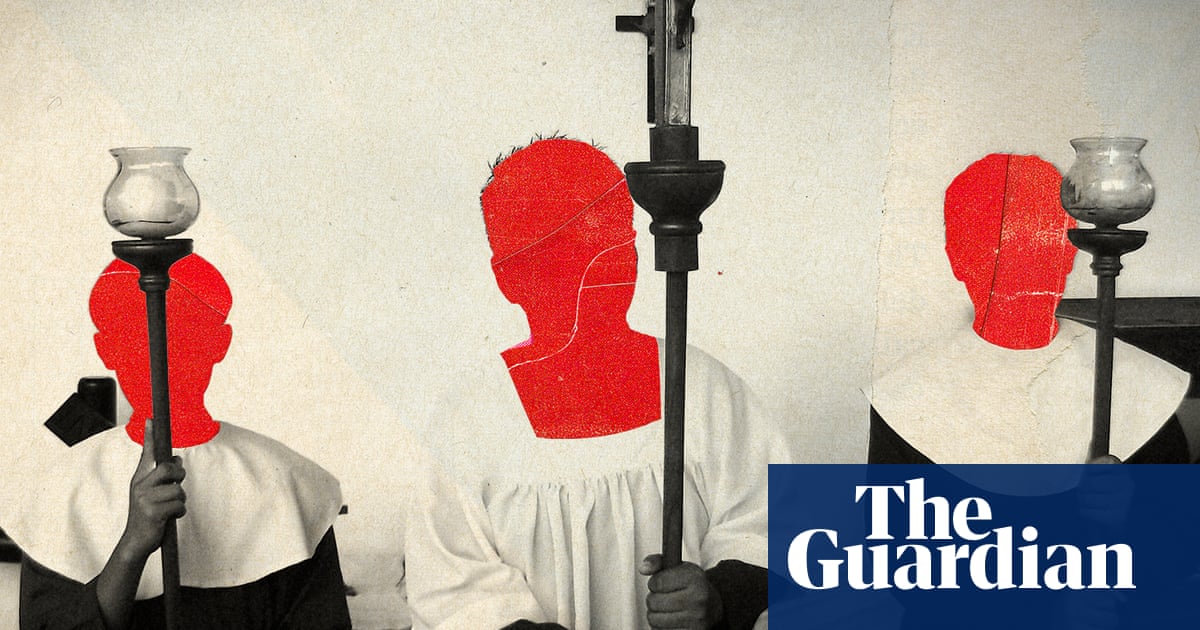In Oakland, California, the Roman Catholic Cathedral of Christ the Light is difficult to miss. Towering over Lake Merritt in the heart of the city, its modernist glass dome reflects the East Bay sun in all directions.
The building, which was completed in 2008 and financed by the Roman Catholic diocese of Oakland, cost $175m. But that price tag confounds Joseph Piscitelli.
In the 1970s, Piscitelli attended a Catholic high school in nearby Richmond, where, from the age of 14, he experienced repeated sexual abuse at the hands of his vice-principal, an ordained priest. For decades, Piscitelli experienced nightmares and panic attacks. Friends who had also been abused turned to drugs and alcohol, and several took their own lives.
In 2003, Piscitelli sued the Salesian College Preparatory high school and the Salesian order, and won. While the cases were decided in his favor in 2006, they had not held leaders at the top accountable. So, in 2020, he filed a new suit, this time against the Oakland diocese.
Then, to Piscitelli’s dismay, the diocese declared bankruptcy in May. As a result, his case was put on an indefinite hold.
But declaring chapter 11 does not mean that the church is broke, said Marie Reilly, professor of law at Penn State University. Rather, it is a legal strategy undertaken by corporations that say they don’t have the funds to pay a high number of individual settlements. Known as “reorganization”, these bankruptcy protections let the church avoid undertaking dozens, if not hundreds or thousands, of individual costly trials by grouping them into one settlement.
Well, time to sell the church and pay the victims.
The Pope must’ve known that this story was coming out thus he fired that Texan bishop as a distraction.
So, if they are bankrupt, sell off their hardware: Real estate, churches, pieces of art. It should make enough to cover the payments to abuse victims.
Locally we call it the vagina church because it looks like a vagina.


